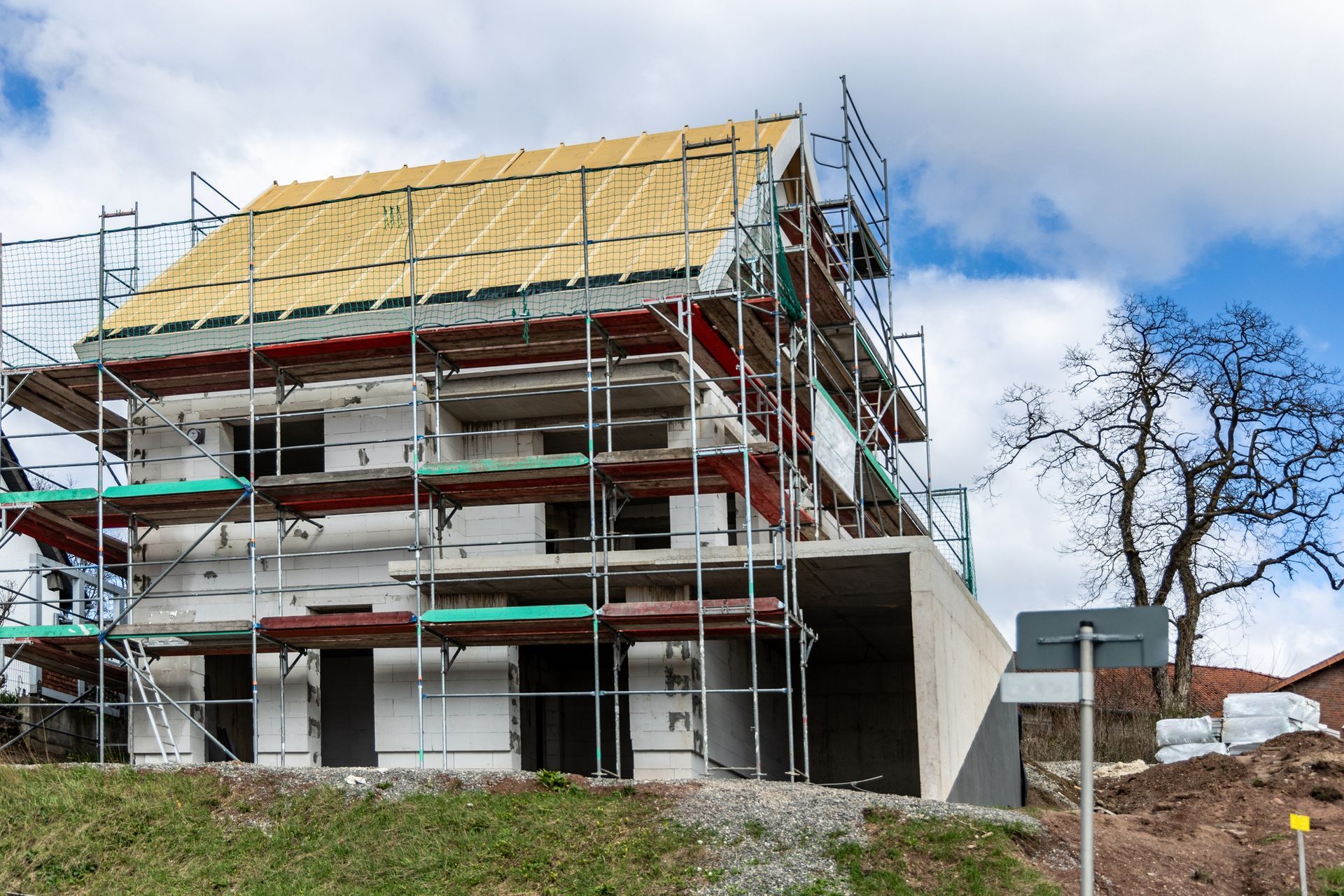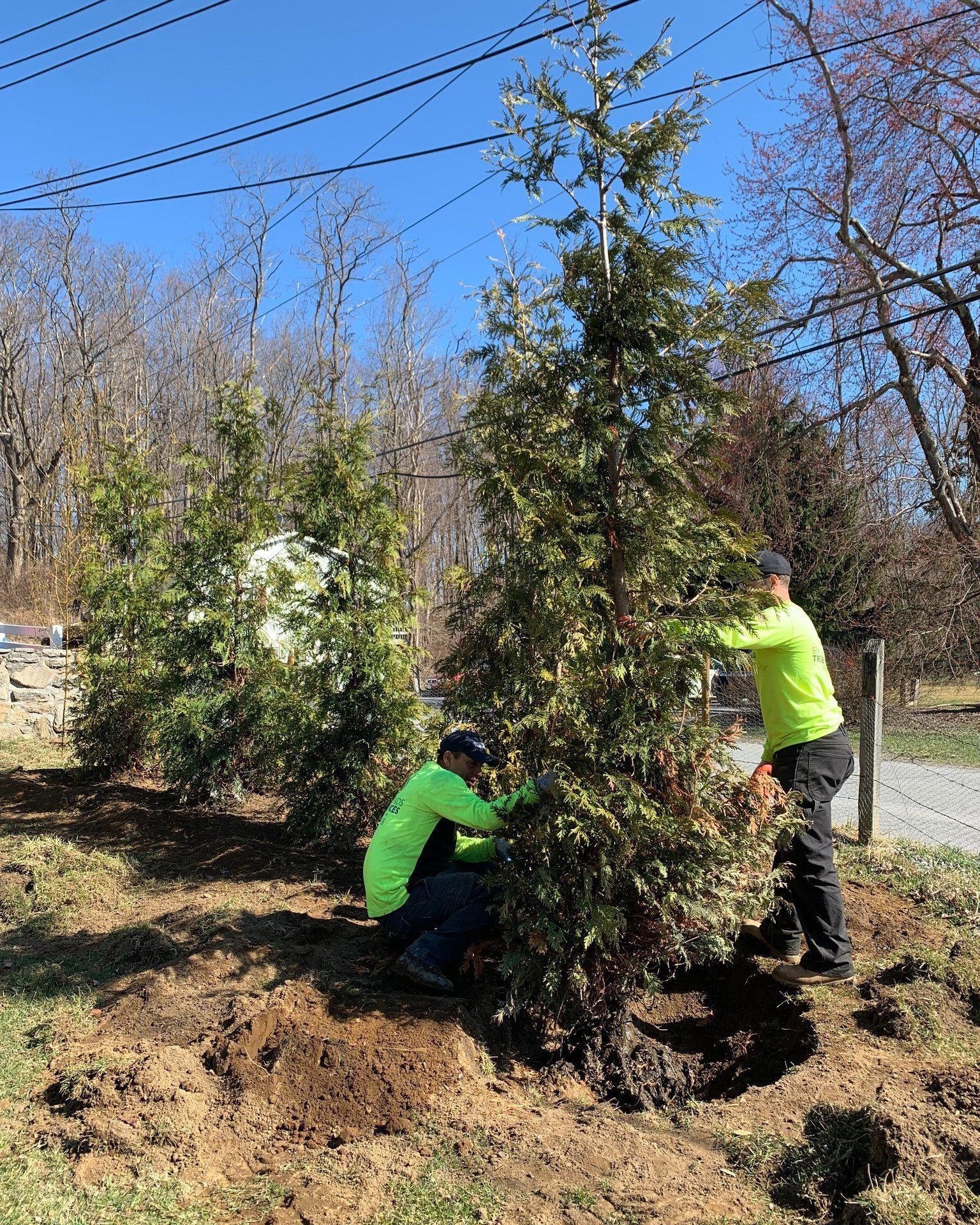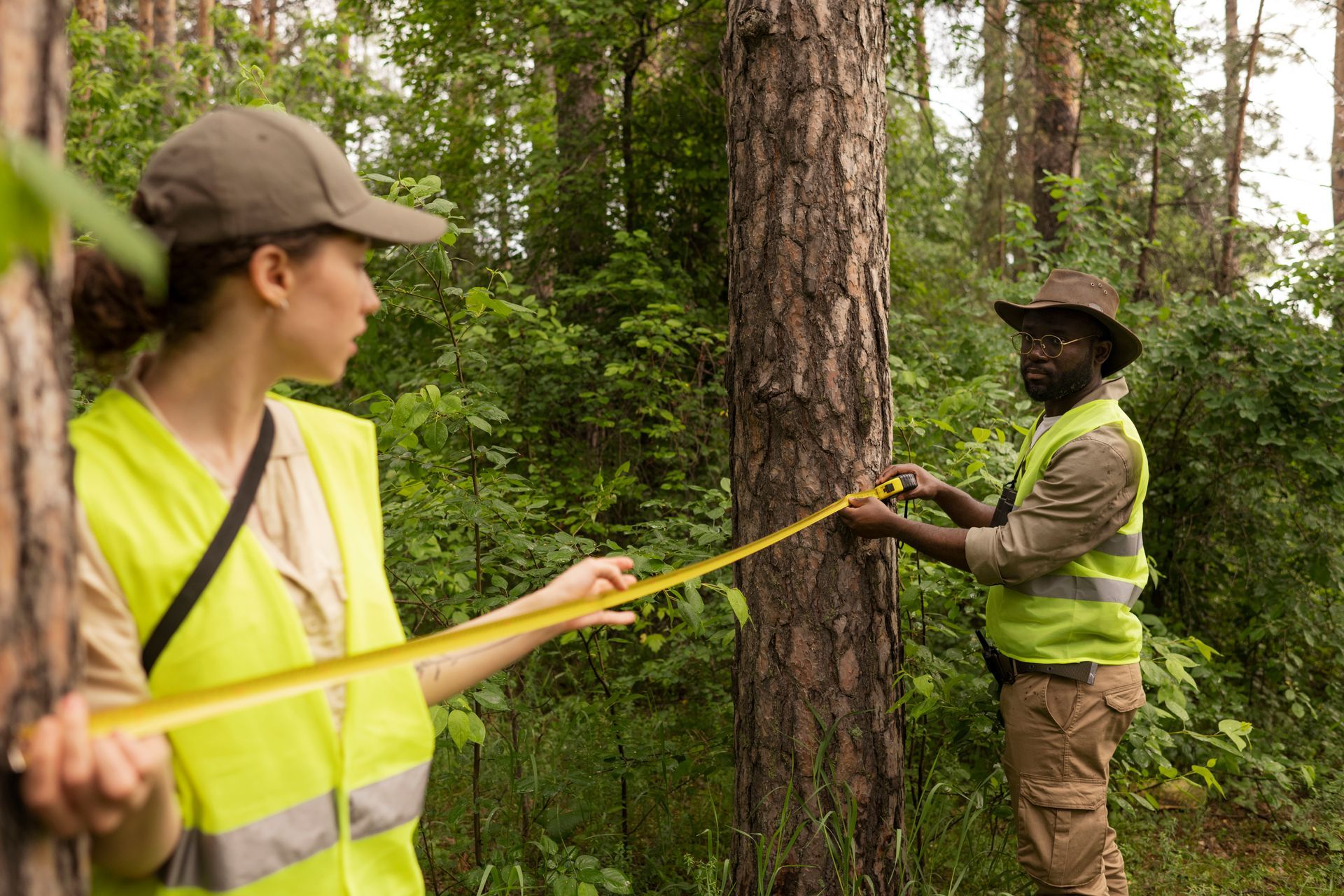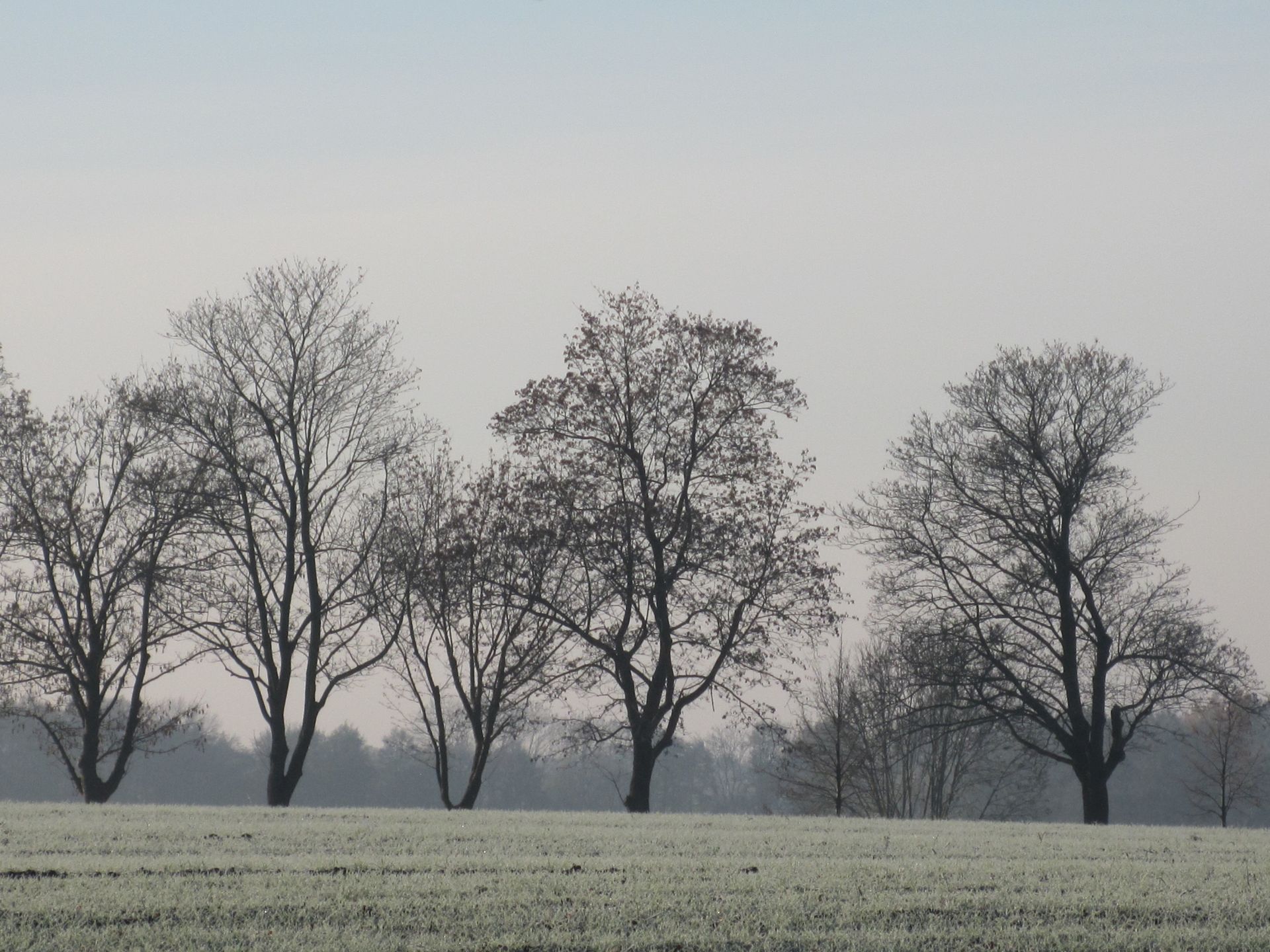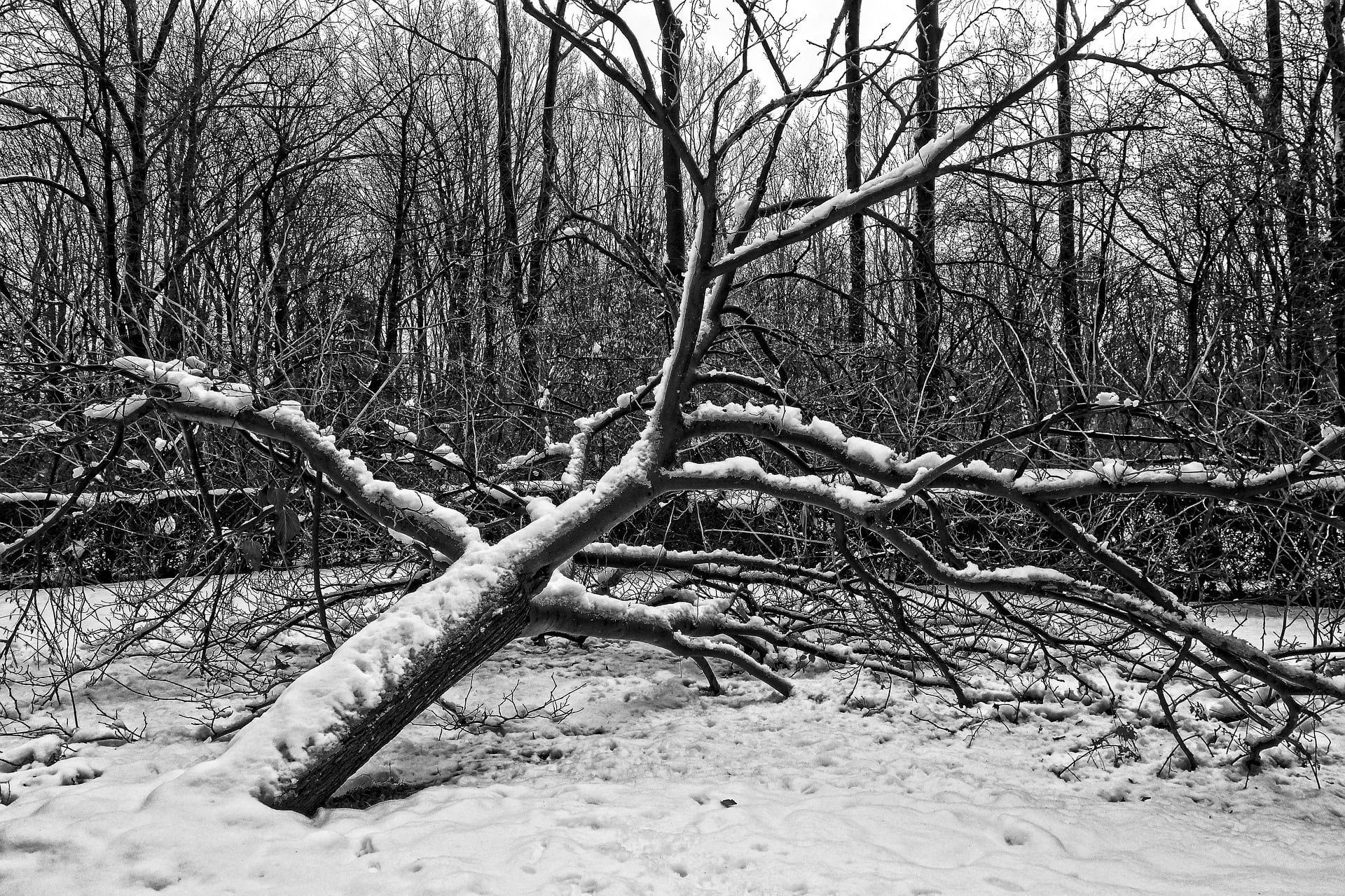Six Diamonds Tree Services, Inc
Can I Prune My Trees in the Spring?
Published by Six Diamonds Tree Services, Inc. April 4, 2024
As the wintry frost retreats and the earth stirs from its slumber, the advent of spring marks a significant phase for tending to the verdant splendor that graces our surroundings. Amid the myriad of responsibilities that arise during this revitalizing period, tending to tree pruning stands out as a crucial task. Yet, a query ponders in the minds of many homeowners and landscape enthusiasts: Is spring a suitable time for tree pruning? The response, though not a mere affirmative or negative, entails a thoughtful examination of timing, methodology, and the unique requirements of different tree species.
Understanding the Essence of Tree Pruning
Before diving deep into the details of spring pruning, it's crucial to understand the underlying purpose of this horticultural practice. Primarily, tree pruning involves selectively removing branches, twigs, or shoots from a tree’s canopy for strategic reasons. This procedure aims to encourage healthy growth, improve aesthetic beauty, and reduce risks associated with uncontrolled growth or diseased limbs.
The Importance of Proper Pruning Techniques
Irrespective of the season, it is crucial to follow appropriate pruning methods to safeguard the health of your trees. Inadequate or excessive pruning can cause significant harm, jeopardizing the tree's stability and making it susceptible to illnesses or pests. Therefore, it is recommended to seek the assistance of a certified arborist, especially for extensive or intricate pruning jobs.
The Pros and Cons of Spring Pruning
While spring pruning offers distinct advantages, it is not without its drawbacks. Let's explore the potential benefits and drawbacks of this practice:
Advantages of Spring Pruning
1. Improved Visibility: With trees devoid of foliage in early spring, it becomes easier to identify and address structural issues, such as crossed or rubbing branches, as well as diseased or damaged limbs.
2. Stimulating Growth: Pruning during the early stages of the growing season can stimulate new growth, resulting in a more vigorous and aesthetically pleasing canopy.
3. Reduced Sap Flow: Certain tree species, like maples and birches, are known for their copious sap flow during the spring months. Pruning these trees in early spring can minimize the messy sap bleeding that often accompanies pruning during other seasons.
Disadvantages of Spring Pruning
1. Potential Bloom Reduction: For trees that bloom in the spring or early summer, pruning during this period may reduce or eliminate the year's floral display, as the pruning process can remove the flower buds.
2. Increased Vulnerability: Freshly pruned trees may be more susceptible to diseases or pests, as the pruning wounds provide entry points for pathogens or insects.
3. Stress on the Tree: Pruning during the active growing season can place additional stress on the tree, as it must divert resources towards healing the pruning wounds and producing new growth.
Timing is Everything: When to Prune in the Spring
The ideal time for spring pruning can vary based on the type of tree and your specific objectives. In general, it's best to prune most deciduous trees (those that lose their leaves annually) towards the end of winter or early spring, before the buds open and new growth starts. This timeframe usually falls between late February and early April, contingent upon your location and the prevailing weather conditions.
It's important to consider that certain tree species may have distinct pruning needs or preferences. For example, trees that blossom early in spring, like cherry, plum, and crabapple trees, should be pruned right after their flowering season to avoid removing flower buds and reduce the impact on their spring bloom.
Spring Pruning by Tree Type
To provide more specific guidance, let's explore the recommended spring pruning practices for various tree types:
Deciduous Trees
1. Maples: Pruning maples in late winter or early spring, before bud break, is ideal to minimize sap bleeding and potential disease entry points.
2. Oaks: Oak trees should be pruned during the dormant season, typically in late winter or early spring, to reduce the risk of oak wilt disease.
3. Elms: Pruning elm trees in early spring can increase their susceptibility to Dutch elm disease, so it is advisable to prune them during the dormant season or after the leaves have fully expanded.
4. Fruit Trees: For optimal fruit production, prune fruit trees like apples, pears, and cherries in late winter or early spring, before bud break.
Evergreen Trees
1. Pines: Pines can be pruned in early spring, but it is essential to avoid pruning during the active growth period, as it may disrupt the development of new candles (new growth).
2. Spruces and Firs: These evergreens are best pruned in late spring or early summer, after the new growth has hardened off.
3. Arborvitae and Junipers: Prune these evergreens in late spring or early summer, after the new growth has emerged and hardened off.
Pruning Techniques for Spring
When pruning trees in the spring, it is crucial to follow proper techniques to ensure the health and longevity of your trees. Here are some essential pruning techniques to keep in mind:
1. Thinning Cuts: Thinning cuts involve removing entire branches or stems from their point of origin, allowing more light and air circulation within the canopy.
2. Heading Cuts: Heading cuts involve removing the terminal portion of a branch or stem, promoting lateral branching and encouraging denser growth.
3. Reduction Cuts: Reduction cuts involve removing a branch or stem back to a lateral branch or bud, reducing the overall size of the tree or redirecting its growth.
4. Proper Cut Placement: Make pruning cuts just above an outward-facing bud or branch, angling the cut away from the bud or branch to promote proper healing and growth.
Safety Considerations for Spring Pruning
Trimming trees, particularly those that are sizeable, can pose risks. During the spring pruning routine, safety should be the main focus. The following are vital safety factors to keep in mind:
1. Proper Equipment: Ensure you have the appropriate tools and equipment for the job, such as well-maintained pruning shears, loppers, and saws, as well as protective gear like gloves, safety glasses, and a hard hat.
2. Ladder Safety: If pruning requires the use of a ladder, follow proper ladder safety protocols, including securing the ladder firmly, maintaining three points of contact, and avoiding overreaching.
3. Overhead Hazards: Be aware of potential overhead hazards, such as power lines or overhanging branches, and take necessary precautions to avoid accidents.
4. Professional Assistance: For larger or more complex pruning tasks, consider seeking the assistance of a certified arborist or tree care professional to ensure the job is done safely and correctly.
The Role of Professional Tree Services
Although homeowners may have the capability to address certain pruning tasks with the right knowledge and tools, in certain instances, it is strongly advised to seek the assistance of professional tree services. These companies employ certified arborists and proficient technicians who have the expertise, training, and specialized equipment needed to safely and efficiently handle even the most difficult pruning jobs. Engaging professional tree services can prove especially advantageous in various situations.
1. Large or Tall Trees: Pruning trees that exceed a certain height or size can be dangerous and require specialized equipment and techniques that only professionals possess.
2. Hazardous Conditions: If a tree is located near power lines, structures, or in a precarious position, professional assistance is essential to mitigate potential risks.
3. Complex Pruning Needs: Trees with complex branching structures, structural defects, or specific pruning requirements may necessitate the expertise of a certified arborist.
4. Disease or Pest Management: Professional tree services can identify and address issues related to diseases, pests, or other tree health concerns, implementing appropriate pruning strategies as part of an overall management plan.
5. Time and Efficiency: For larger properties or extensive pruning needs, professional tree services can complete the work more efficiently and effectively, saving homeowners time and effort.
Perfecting the skill of spring tree pruning requires a fine balance of timing, technique, and considering the specific characteristics of each tree species. While pruning during spring brings clear benefits like enhanced visibility and stimulated growth, it is crucial to approach this task with care and expertise to prevent any unintended harm. By weighing the advantages and disadvantages, sticking to correct pruning methods, and seeking professional guidance as needed, you can safeguard the long-term vitality and allure of your trees, enriching the visual appeal and ecological significance of your surroundings. Remember, the secret to successful spring pruning lies in recognizing the individual requirements of each tree species and placing their well-being at the forefront throughout the process.



